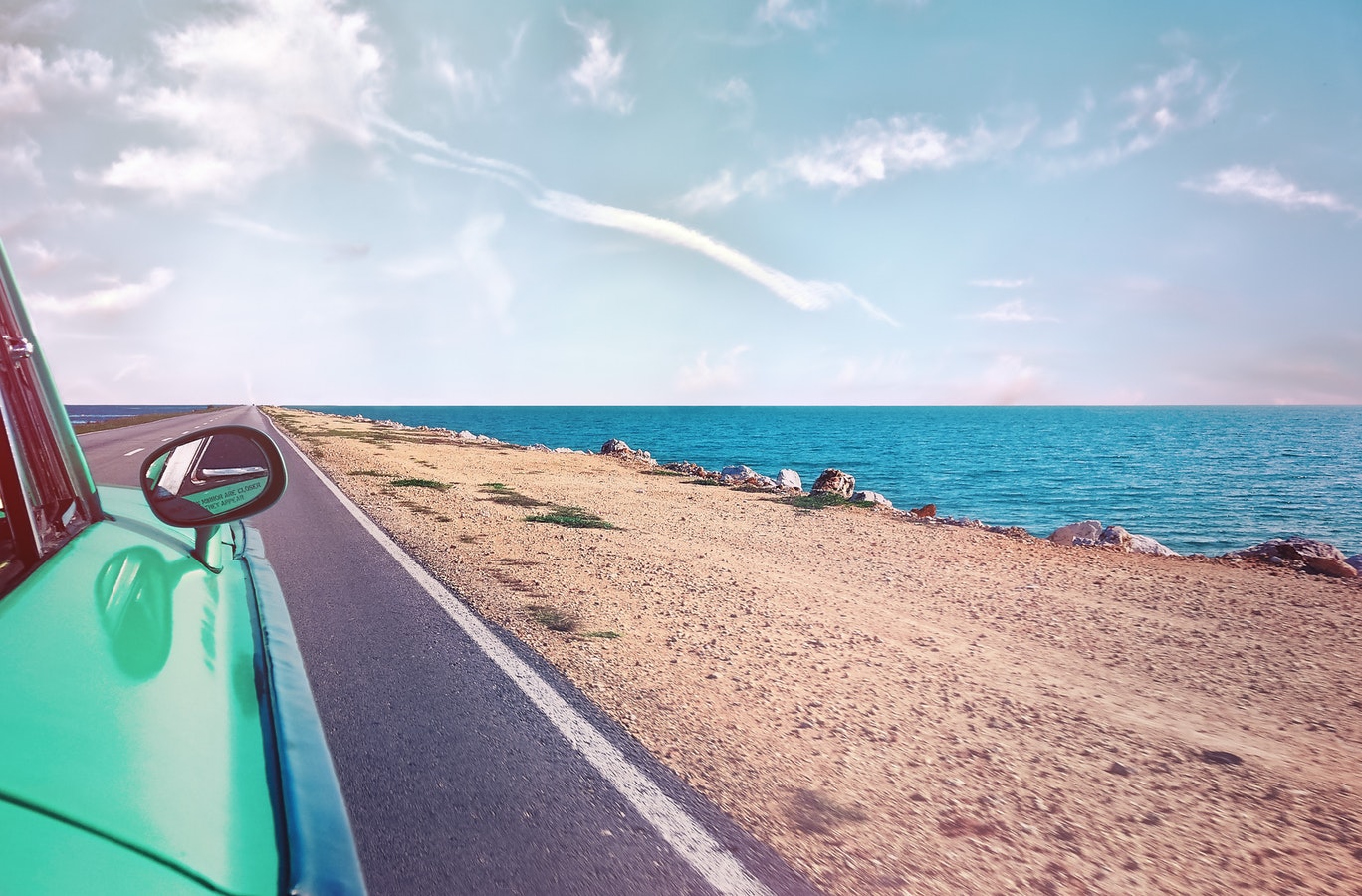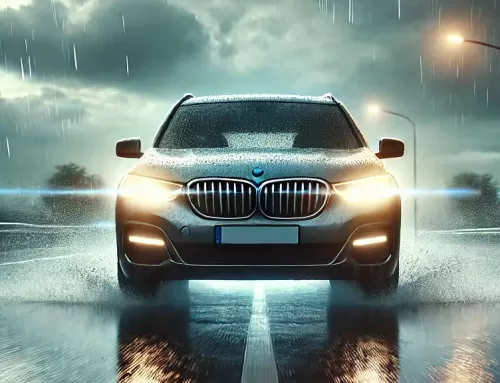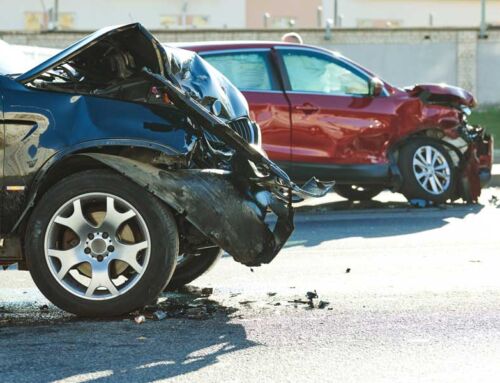By living and driving in certain areas of the United States (such as Bodega Bay in Sonoma County), you are subjecting your vehicle to specific conditions that may not be so great for its longevity and overall health. In fact, did you know that living near the coast will negatively affect your vehicle more so than if you were inland? Not only that, but were you aware that living near and driving near the water is causing the coast to have its own environmental health issues as well?
Yes, both are true and it’s like a bad relationship.
How Does Living and Driving Near the Ocean Affect Your Car?
Of course, living near a beach has more pros than cons (for most people). Who wouldn’t want unlimited access to long walks in the sand, sunbathing and swimming, water sports galore, and the picturesque views.
Unfortunately for your vehicle, it doesn’t get to benefit from any of these perks.
Chevrolet lists multiple reasons why the beach isn’t your vehicle’s friend:
- Exterior rust problems: Just like living in an area that gets a lot of snow, which brings salt to the roads, living in an area near the beach also means that there will be salt. Exposure to salt accelerates rust build-up. “If you’re within 20 miles of the beach, your vehicle is probably exposed to sea spray in the air on a regular basis.” It is recommended to regularly wash your vehicle and keep it covered as much as possible.
- Internal rusting: Yes, rust can develop inside of your vehicle as well. Sand and salt can get inside of the braking system, can rust nuts and bolts, and can cause a lot of issues to the underbelly of the vehicle. The same recommendations as above are relevant here as well as getting regular check-ups with a professional to scan for any internal damage.
- Sun damage: If you live near a beach or go to one often, there are bound to be many sunny days to experience. You may enjoy the hot rays, but your vehicle doesn’t. Experts at Chevrolet say that “sun causes the pores in your car’s paint to increase. This allows it to absorb more saltwater, further increasing corrosion on your vehicle.”
- Impurities on the finish: Living near a beach can bring a lot of natural materials falling, blowing, and careening toward your vehicle. Sand, bugs, rain, pollutants, bird poop, etc. Regularly washing your vehicle may not remove everything. Chevrolet recommends claying your car, which is a unique way to get those small impurities off for good.
- Internal sun and sand damage: The sun is a powerful thing; it can penetrate windshields and even visors to cause sun damage to the interior of your vehicle, aging and/or lightening the leather and other materials. Also, sand can wreak havoc on the interior of your vehicle. The professionals at Chevrolet state that “if sand works its way into the internal parts of the car, you may experience damage to the engine belt, brake pads, and calipers. If sand gets into car sensors, it can cause them to give off false readings.” Not good. Keep your vehicle away from sand as much as you possibly can.
The best thing to do if you live near or frequent the coast, is to keep your vehicle covered and protected as much as possible. Also, regularly washing and getting check-ups is also highly recommended. By doing these important things, you can have fun in the sun and not worry about the integrity of your vehicle.
If your vehicle ever requires paint repair due to sun or salt damage, contact Downtown Autobody right away; they can help you with your paint or body repair needs.





